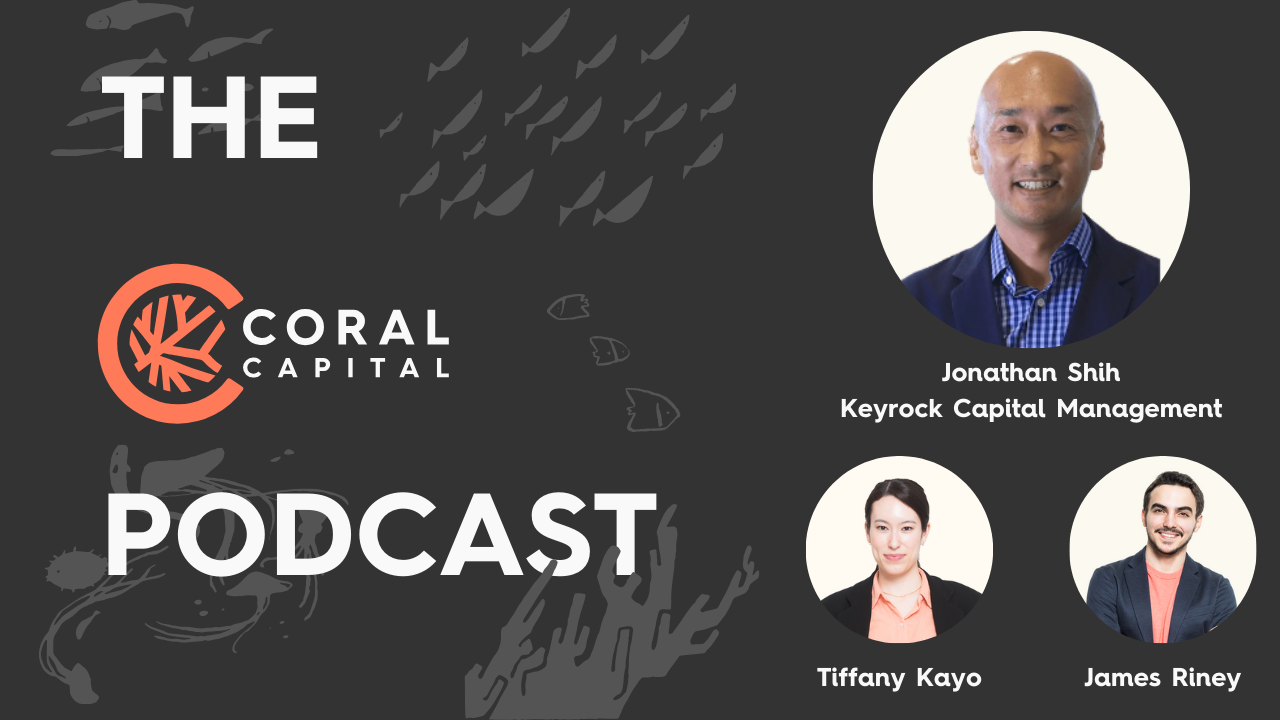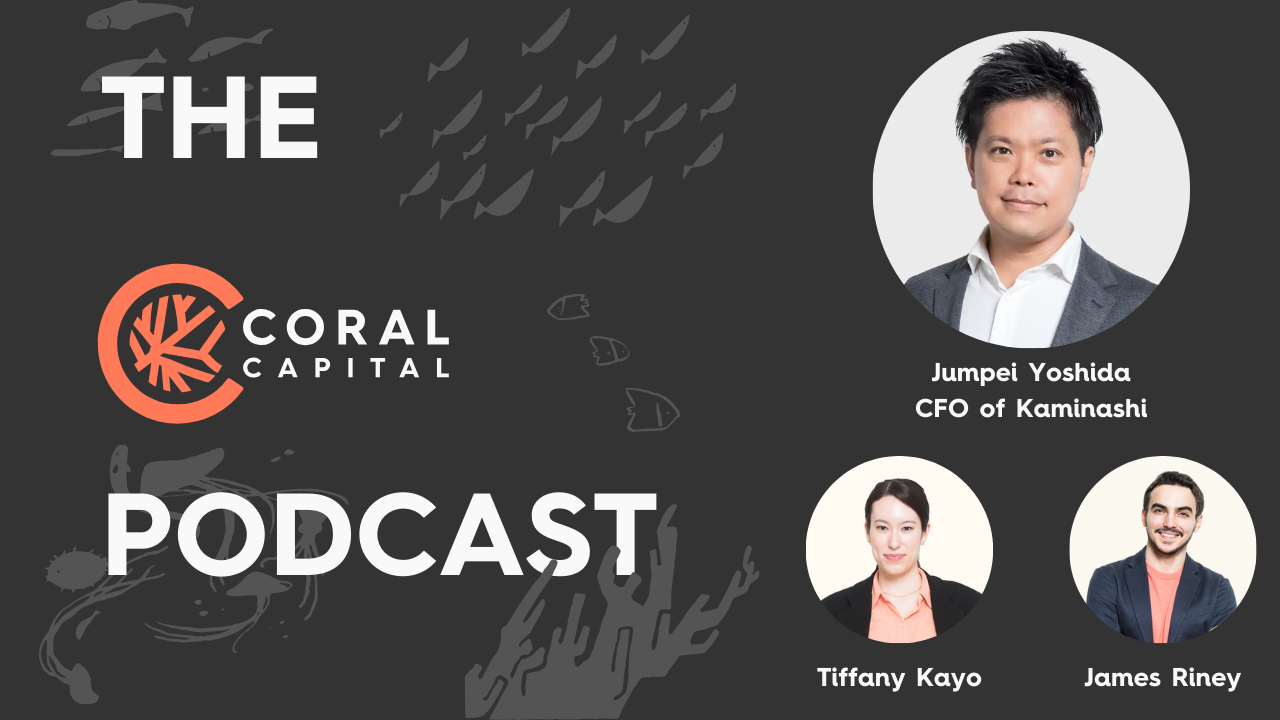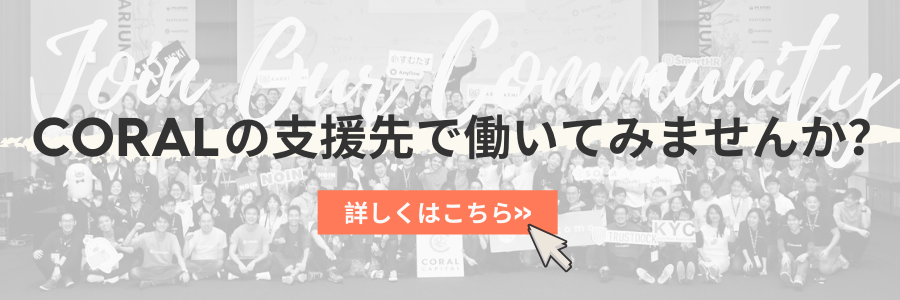One of the most common criticisms of Japan’s public markets is that the Initial Public Offering (IPO) requirements are too lenient. Companies can go public in Japan at essentially the Series B or C equivalents in the US in terms of both revenue and valuation. Critics argue that this ease of going public encourages companies to list prematurely, potentially hindering their long-term growth prospects. They’ll often point to the US as an ideal benchmark to emulate, where Silicon Valley superstars like Airbnb or Instacart took more than 10 years to go public.
While some of these concerns are valid, this perspective is not only overly simplistic but the people that make these arguments often don’t seem to understand the broader context and history of both the US and Japan.
Historical Context: The US IPO Landscape
To understand the current situation, we need to look back at the US IPO landscape before the early 2000s. Contrary to today’s norms, going public within a few years of founding was not uncommon for promising companies.
Notable examples include:
- Amazon: Founded in 1994, went public in 1997 (3 years)
- Netscape: Founded in 1994, IPO in 1995 (1 year)
- eBay: Founded in 1995, IPO in 1998 (3 years)
This trend was so prevalent that it influenced standard equity vesting schedules. The typical four-year vesting period for employee stock options was based on the assumption that companies would likely go public within that timeframe.
US Regulatory Changes and Market Shifts
The US IPO landscape underwent significant changes in the early 2000s:
- Regulatory Environment: The Sarbanes-Oxley Act of 2002 introduced stringent financial reporting and corporate governance requirements, making IPOs more complex and expensive.
- Private Capital Influx: Simultaneously, there was a substantial increase in private market funding. This shift allowed companies to raise significant capital without the need for public offerings.
These factors combined to create an environment where companies could and often preferred to stay private longer. The number of publicly listed companies in the US has fallen from over 8,000 in the 1990s to just above 4,000 today.
The secondary effects of this trend are twofold. First of all, retail investors can no longer participate in the tremendous upside of these companies and the gains are largely enjoyed by professional investors alone. Second, liquidity is hard to come by, much to the bane of early employees, investors, and the LPs that back them. Of course, the secondary market has also developed to cater to liquidity needs, but this is nowhere near the level of liquidity available as a public company.
The Japan Context
In Japan, these changes didn’t happen at the same level that they did in the US. Japan has maintained a relatively accessible IPO market, allowing companies to go public at earlier stages compared to the current US norm. This system has pros and cons.
Ultimately, going public is not only a path to liquidity, but a fundraising mechanism. Japanese companies have the ability to access a broader pool of capital at earlier stages, which can fuel growth and expansion. It offers liquidity to early investors and employees, potentially attracting more talent and investment. Public companies often gain increased visibility and credibility, which can be beneficial for business development and partnerships. The Japanese model also allows retail investors to participate in the growth of promising companies at earlier stages.
The arguments against going public earlier are sometimes valid but are not necessarily dealbreakers for every company. Yes, going public is costly and can create a lot of distractions. At the same time, in addition to the benefits listed above it can also foster discipline and accountability. Yes, institutional investors are unlikely to look at your company if you are too small. But considering many of these institutions now have both public and private pockets to invest from, that is true regardless of whether you are public. Yes, there may be limited liquidity. However, surely there is more liquidity than if you had stayed private.
As we’ve written before, the Japanese IPO market has produced numerous success stories that challenge the notion that early public offerings hinder growth. We uncovered 41 “hidden unicorns” in Japan – companies that went public early and subsequently grew enterprise value to exceed $1 billion between 2011 and 2021 alone. These companies took an average of 6.8 years to IPO since founding, similar to the timeline of Series B or C financing rounds in the US. They then reached billion dollar status approximately 8 years after founding, which aligns with the average timeframe for global unicorns.
Criticisms of early-stage listings often fail to account for the unique advantages this model offers, such as increased access to capital, liquidity for early stakeholders, and opportunities for retail investors to benefit from growth. Moreover, Japan’s history of producing “hidden unicorns” demonstrates that going public early doesn’t necessarily stifle a company’s long-term potential. Rather than attempting to emulate the US model, Japan should embrace and refine its own approach, leveraging its accessible IPO market while also taking advantage of the newly available capital in the private markets. The best environment for startups is to have the ability to choose between raising in the public markets or the private markets depending on their unique circumstances.
Founding Partner & CEO @ Coral Capital







